The Big Sit
Tom Bartlett raises money by counting migrating birds. Should we all be paying attention?
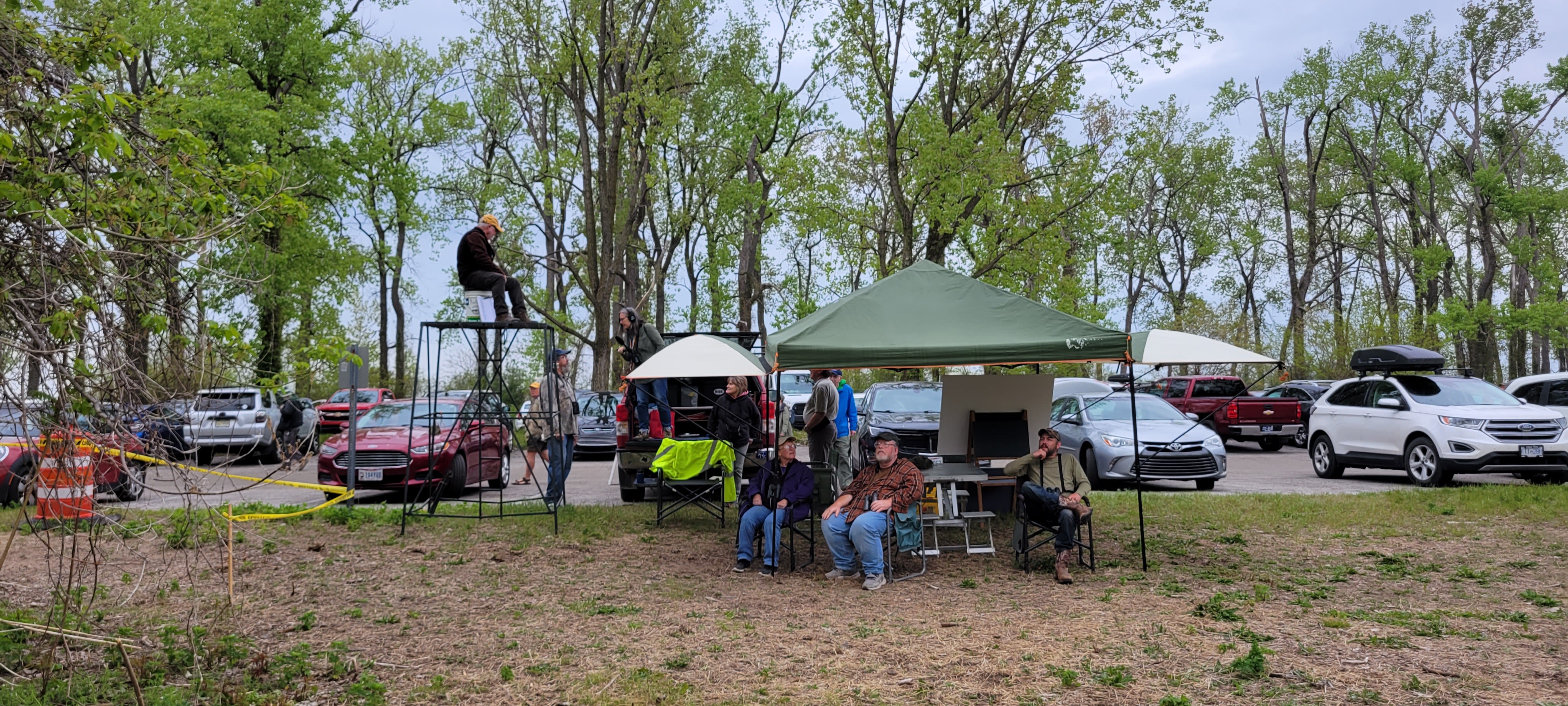
Tom Bartlett sits atop a steel hunting stand, looking out for migrating birds. He will stay in this spot from 5 a.m. to 5 p.m. on May 13, 2023, as he has done one day in mid May for 28 consecutive years (Covid year excepted).
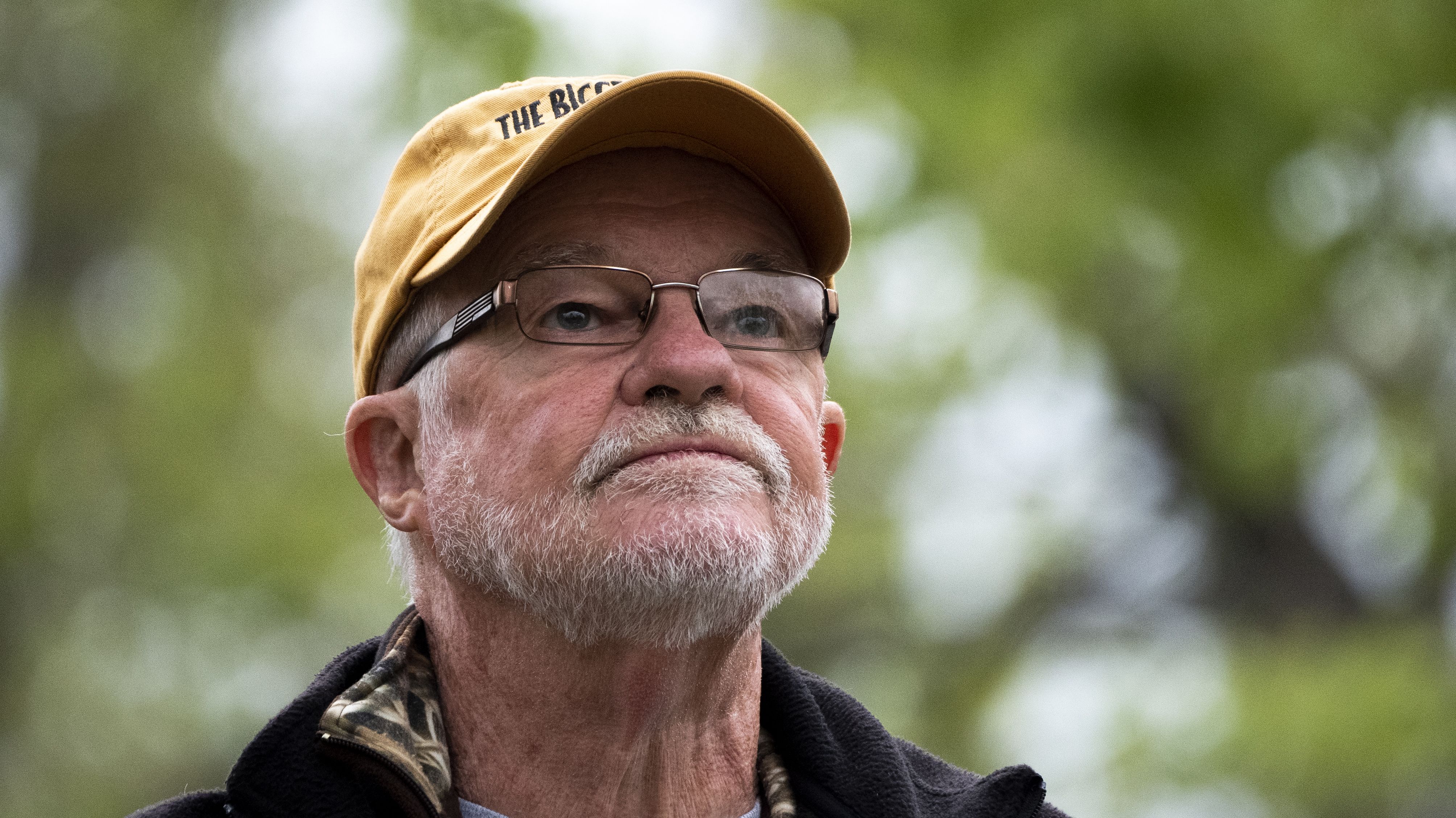
Tom Bartlett, looking for his next bird species. (Photo by Doug Swift)
Tom Bartlett, looking for his next bird species. (Photo by Doug Swift)
He's in the western parking lot of Magee Marsh, in northwestern Ohio, during the Biggest Week in American Birding. This is a term coined by the Black Swamp Bird Observatory to describe what happens when songbirds migrating north to Canada bump into Lake Erie. They need to drop down to land, rest, and build up fat reserves before crossing the huge body of water.
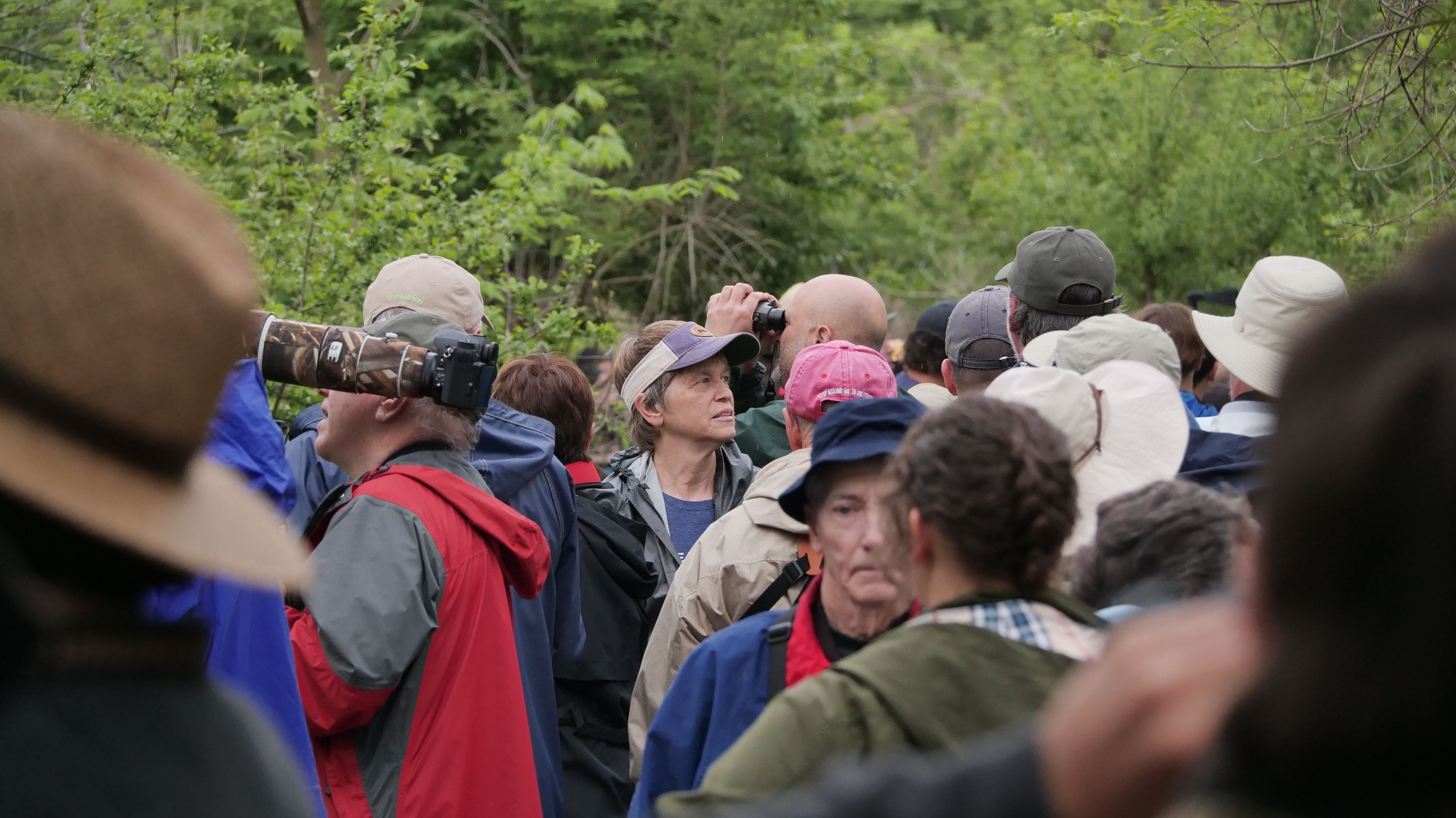
Birders from around the world crowd onto the boardwalk at Magee Marsh. (Photo by Doug Swift)
Birders from around the world crowd onto the boardwalk at Magee Marsh. (Photo by Doug Swift)
About 80,000 people from around the world come to the Magee Marsh boardwalk and surrounding sites, in early May, to see these birds. Warblers, especially, can be a big draw. In their regular habitats, warblers can be hard to spot. They tend to live high in thick foliage. But when they are resting to cross Lake Erie, they can land within an arm's length of the birder.
Scientists have been warning for decades that the population of many of these birds is under threat due to habitat loss in either their summer or winter habitats. Dana Bollin, who became a director of Magee Marsh in 1987, before it was open to the public, reports that the numbers of birds visiting the marsh has decreased sharply over the past few decades.
Still, it is easy to see why Magee Marsh is such a draw. The following birds were photographed within a two-hour time frame: (Photos by Doug Swift)
White-crowned sparrow
Prothonotary warbler
Northern parula
Female Cape May warbler
Magnolia warbler
Bay breasted warbler
American redstart
The fewest amount of species Tom Bartlett counted in one Big Sit was 66. He sat through a pouring rain and high winds. The highest number of species he counted in one day was 112.
People donate as much as $3 per species, or contribute a flat donation. In his 28 years, Tom has raised over $200,000 dollars with his Big Sit. Proceeds go to a new education center for the Black Swamp Bird Observatory.
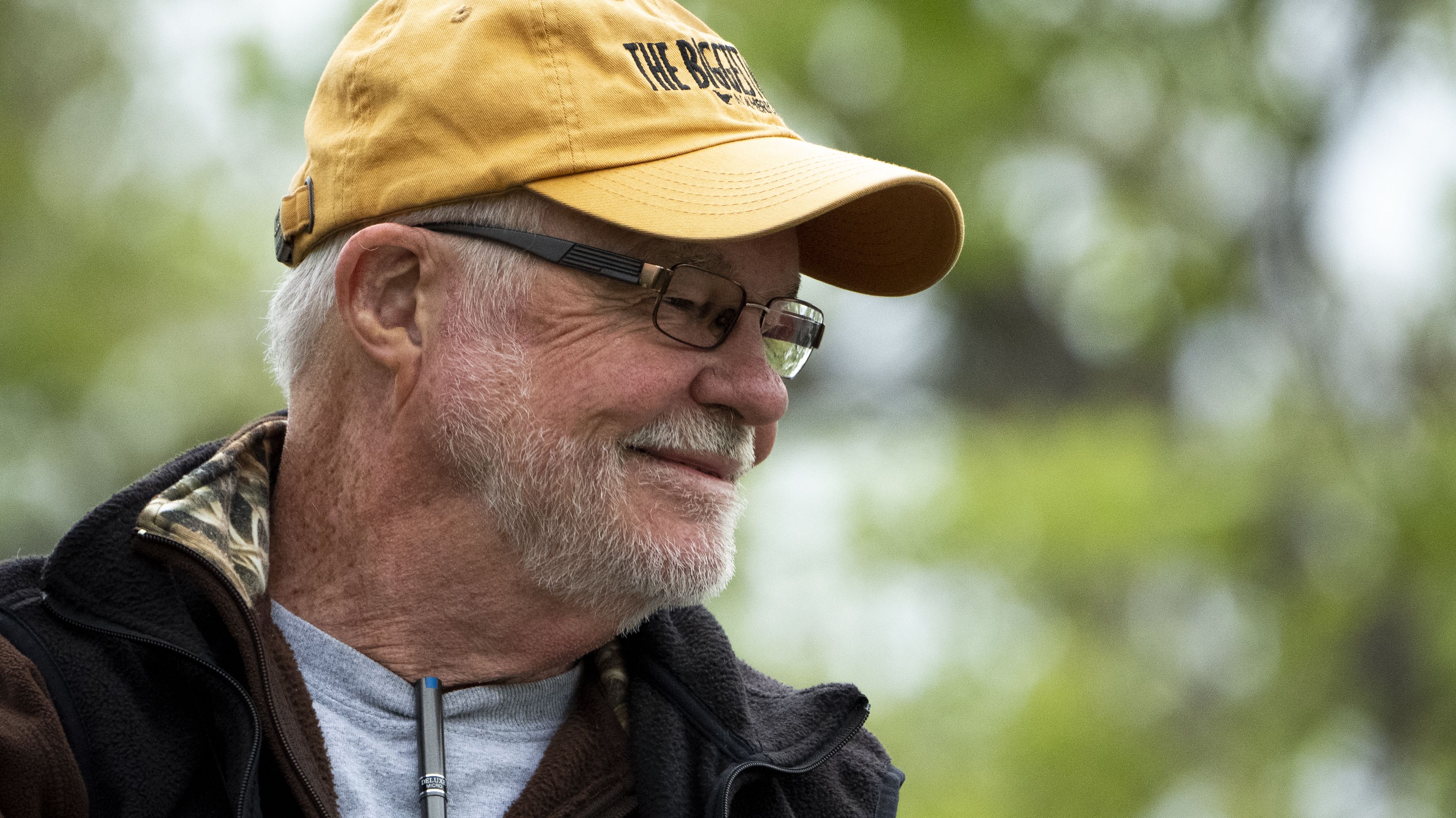
Tom Bartlett, glancing down from atop his stand. (Photo by Doug Swift)
Tom Bartlett, glancing down from atop his stand. (Photo by Doug Swift)
For Tom, to interact with birds is to interact with people. In the following audio story, spend some time with Tom on his May 13th Big Sit as he builds up his count, and spins the magic which has made him a mentor to many.
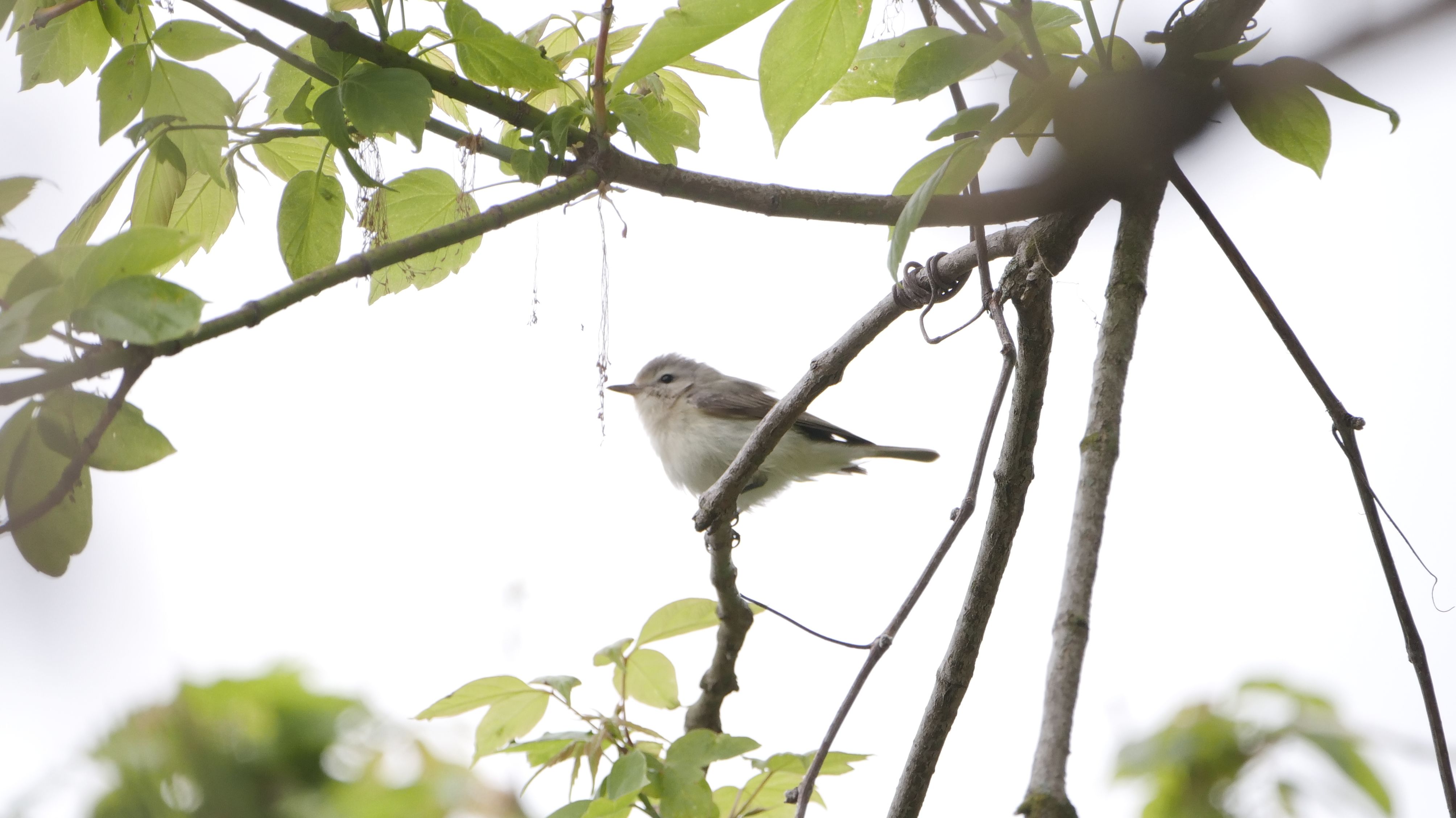
For more information about the Big Sit, and the Black Swamp Bird Observatory, go to https://www.bsbo.org/
Special thanks to Robin Densmore, a good friend to people and birds, for her help with this story.
